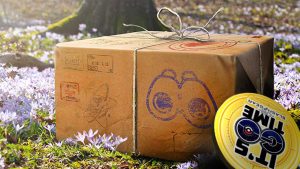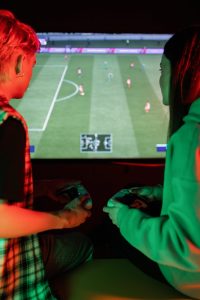Samsung ISOCELL 2.0 could cram more pixels into a graphic sensor
Before it became a brandname of its, Samsung’s ISOCELL was initially a new sort of image sensor technologies that aimed to resolve the colour crosstalk between pixels in a normal BSI (Backside Illuminated) sensor found in almost all digital camera models, including those on smartphones. That became highly successful, at the very least in Samsung’s look at, and it is right now taking it to another level with ISOCELL 2.0. This fresh iteration promises not merely to boost light absorption but, over time, also allow for smaller sized pixels to be loaded in larger amounts on a single sensor size.
Colour crosstalk happens when lighting bleeds among adjacent pixels. ISOCELL set that by isolating each pixel “cell”, therefore the name, with steel barriers in between each one of these. While that worked, generally, the metallic material furthermore absorbed some lighting that never attained the sensor beneath. Because of this, only a percent of the lighting that passes through pixels in fact gets found in producing a graphic.
Samsung very first fixed that issue by transforming the metallic barrier into some brand-new material using its ISOCELL Plus improve. However, that remaining the lower area of the barrier utilizing the same metallic materials, which is today getting solved with ISOCELL 2.0. That is replaced with a more recent and more reflective surface area that more reduces wasting lighting. In a nutshell, each cell can deliver even more of the lighting that it absorbs, escalating the lighting sensitivity of the sensor.
Since each pixel is now able to gather even more lighting than before, they could be shrunken down while nevertheless delivering the same quantity of information as their larger ISOCELL 1.0 predecessors. Smaller sized pixels mean even more pixels could be crammed into a graphic sensor of exactly the same dimension, growing the pixel count and improving the quantity of light that may be captured without raising how big is the sensor.
Samsung’s image sensors currently boast a number of the highest pixel counts on the market, with a 108MP sensor currently in distribution. ISOCELL 2.0 could hint that the business is likely to take that even more, perhaps rendering it into another amounts game again with regards to smartphone cameras.






